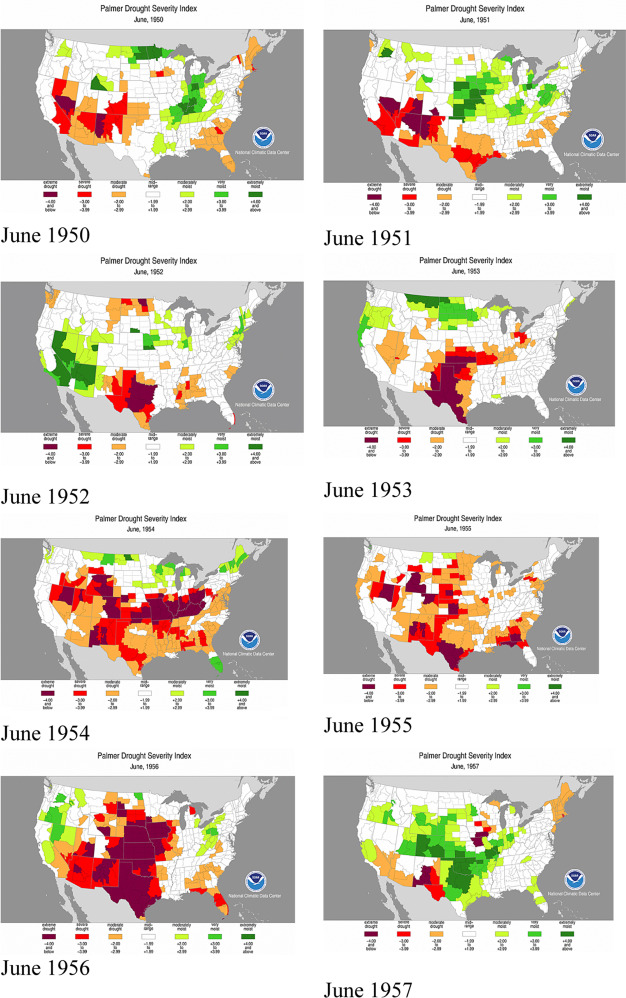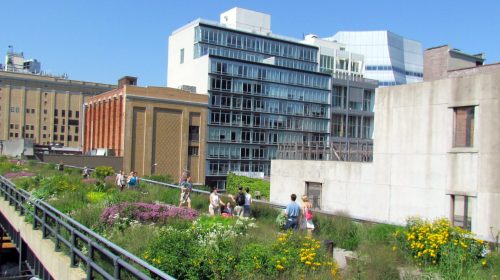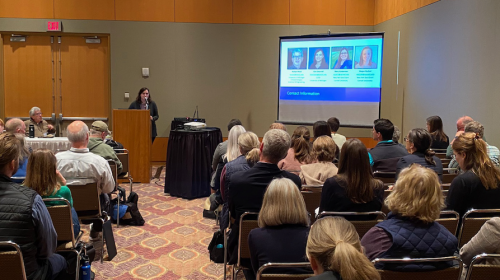

Specifically, the 1950s were characterized both by low rainfall amounts and by excessively high temperatures. In spite of its severity, this drought did not receive a great deal of news coverage. In fact, later droughts of lower severity and shorter impact (1976-1977, 1988, 2002-2004, 2011-2012, and the ongoing drought in California) garnered much greater national focus.
A new study, co-authored by CPO’s Roger Pulwarty, assesses, the evolution of weather and climate conditions and impacts during the 1950s to establish their national and regional decisionmaking contexts, scientific and technological improvements prior to and during the event that helped mitigate risks, and on and off-farm responses in terms of the socioeconomic impacts.
The study provides an overview of key developments and concerns in agriculture since the early 20th Century sets the context for the 1950s, then moves to the farm itself as a unit of analysis. This approach shows not only how the situation may have appeared to those outside the afflicted areas, but also how decisions were guided by agricultural economics affecting farmers at the time, and the strong influence of broader historical trends in which the 1950s were embedded.
The paper concludes with a discussion of how the implications of this event and the attendant responses provides guidance for future assessments of extremes such as severe drought, in the context of a changing climate. published in Weather and Climate Extremes Journal.
Access the paper at: http://www.sciencedirect.com/science/article/pii/S2212094715300530
Menu
Bark without bite: The socio-economic context of the 1950s drought











